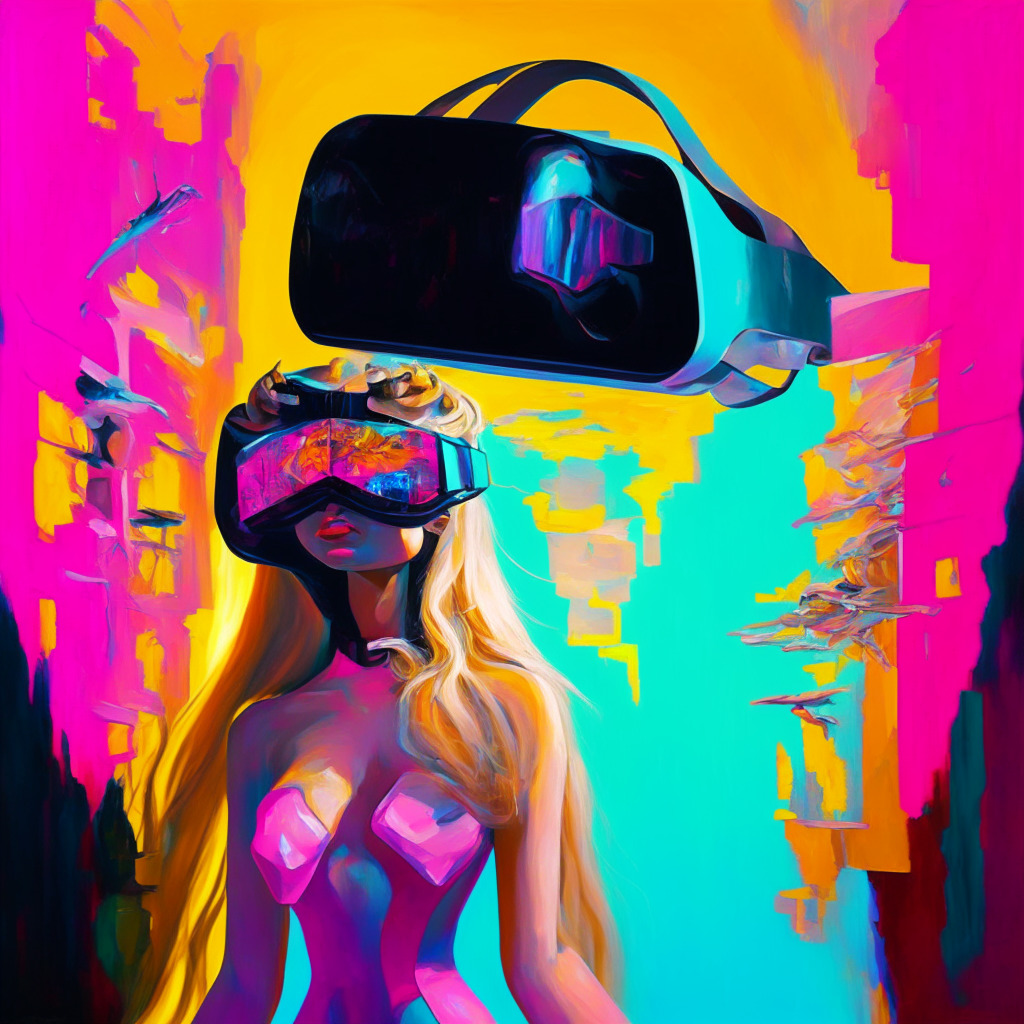The intriguing connection between a Barbie doll and a virtual reality (VR) headset may not be apparent immediately. Both mass-produced consumer products have been actively promoted, but they also serve as gateways, allowing individuals to transcend their physical limitations and explore fabricated worlds, introducing wider meanings and fulfillment levels to their lives. A slight resemblance to the structure of metaverses, perhaps?
Musing over this analogy, one could argue that the foundation of these experiential gateways isn’t technology or plastic but lies in the concept of transcending physical constraints to seek fulfillment to our lives. According to Herman Narula, co-founder of Improbable, a metaverse technology firm, our experiences and social interactions within these gateways, much like a VR headset or a Barbie, determine their true purpose. The real metric stands to be how the created value from these experiences intersects with our other realities.
Drawing parallels to ancient monuments like Göbekli Tepe and the Egyptian pyramids, Narula insists humans have been navigating metaverses for a long time, using tools as rudimentary as language and imagination. The metaverse, in his view, isn’t limited by its blockchain foundation, but takes on meaning through our communal engagement with it.
The metaverse could sense its meaning, breathing through a simple Barbie doll. Simultaneously existing in various realities as an astronaut, popstar, and even President of the United States while pregnant, Barbie is indeed a medium for the imagination. A key factor distinguishing a standalone virtual world from a metaverse, as Narula believes, is the notion of “value transfer”. This transference of value, mirrored through Barbie’s changing roles over decades, represents our growing ambitions and progress in the real world.
From a flight attendant in 1961, Barbie became the pilot by 1990, a reflection of societal evolution of women’s roles. When the need arose for more female representation in STEM, she transitioned into an entrepreneur, a computer engineer, and a game developer. However, it’s vital to note the recent societal scrutiny targeting Barbie’s unrealistic body image, culturally insensitive personas, and its propagation of gender stereotypes. These issues have led to skepticism over the relevance of Barbie’s existence in a progressive society.
As Narula’s philosophy suggests, the existence of a metaverse or an imaginary world is contingent upon the strength of belief vested in its existence by its participants. Just as Santa’s sleigh plunges if the Christmas spirit runs low or how bank runs take place in financial systems, Barbie’s influence fluctuates. As grave a believer in Barbie’s significance as a metaverse, the lingering doubt is if Barbie’s significance may wear off because it doesn’t resonate with societal evolution. The success of her recent movie suggests that belief in Barbie’s world persists – at least it’s cheaper than an Apple Vision Pro.
Source: Coindesk




